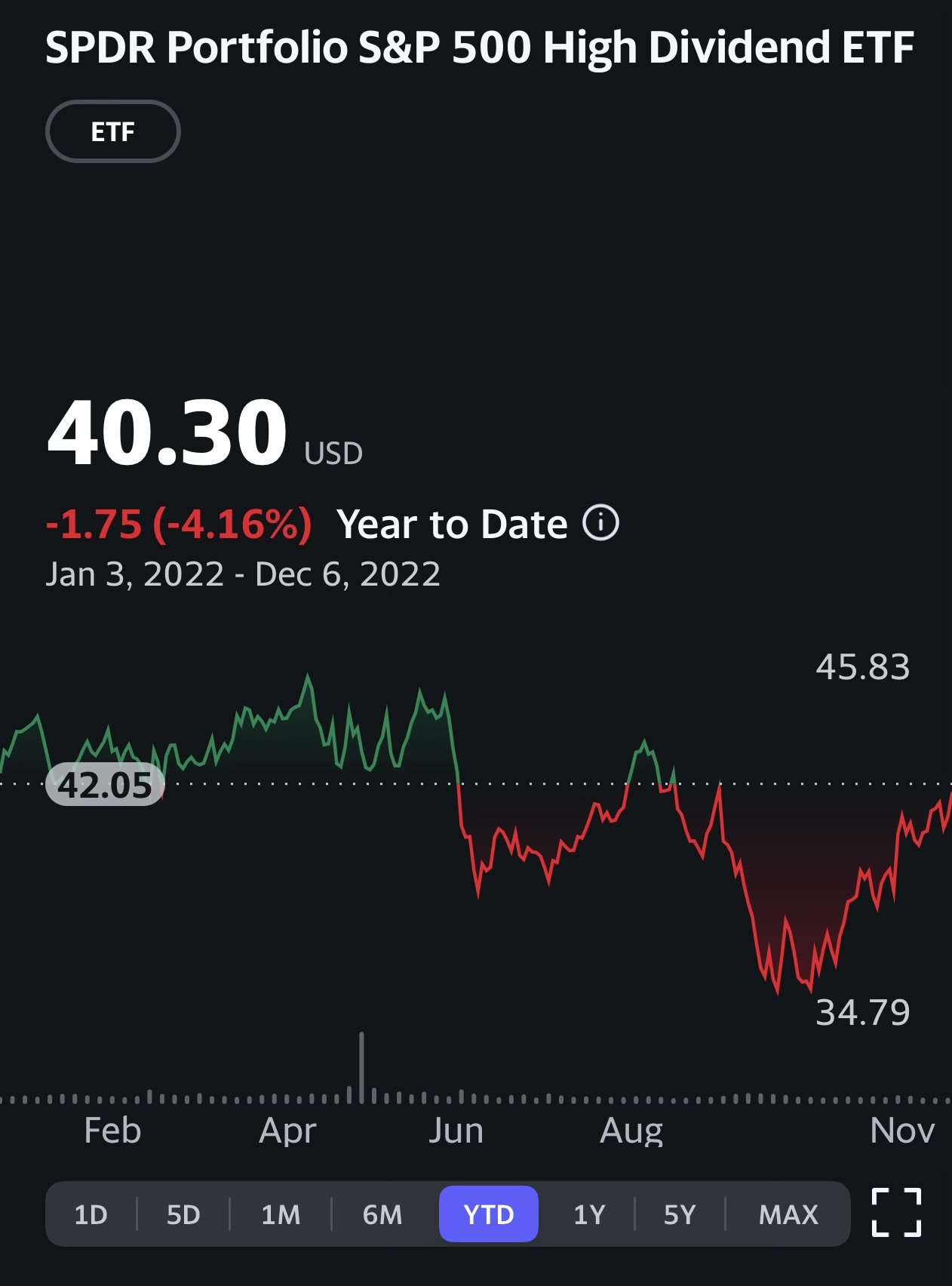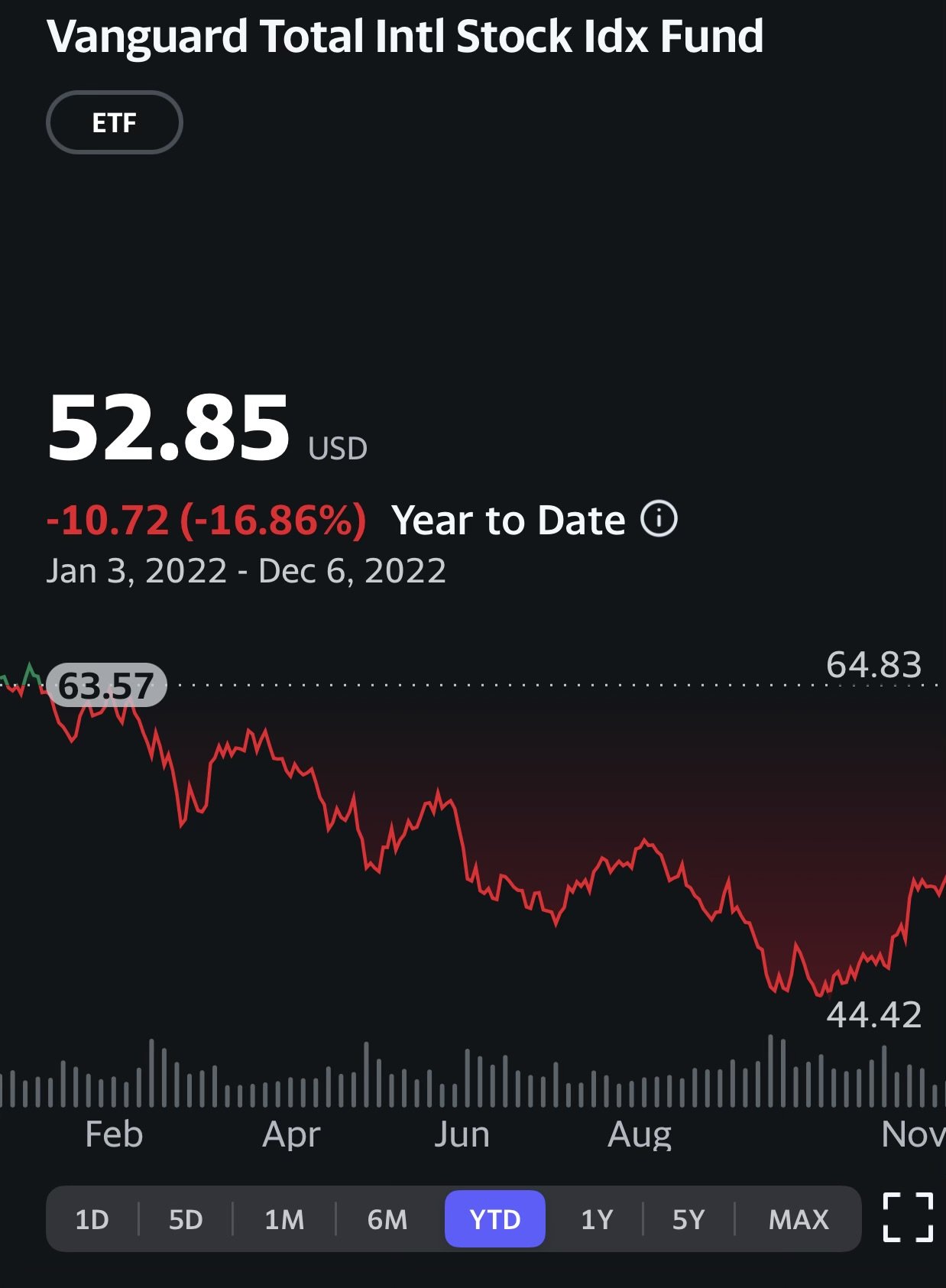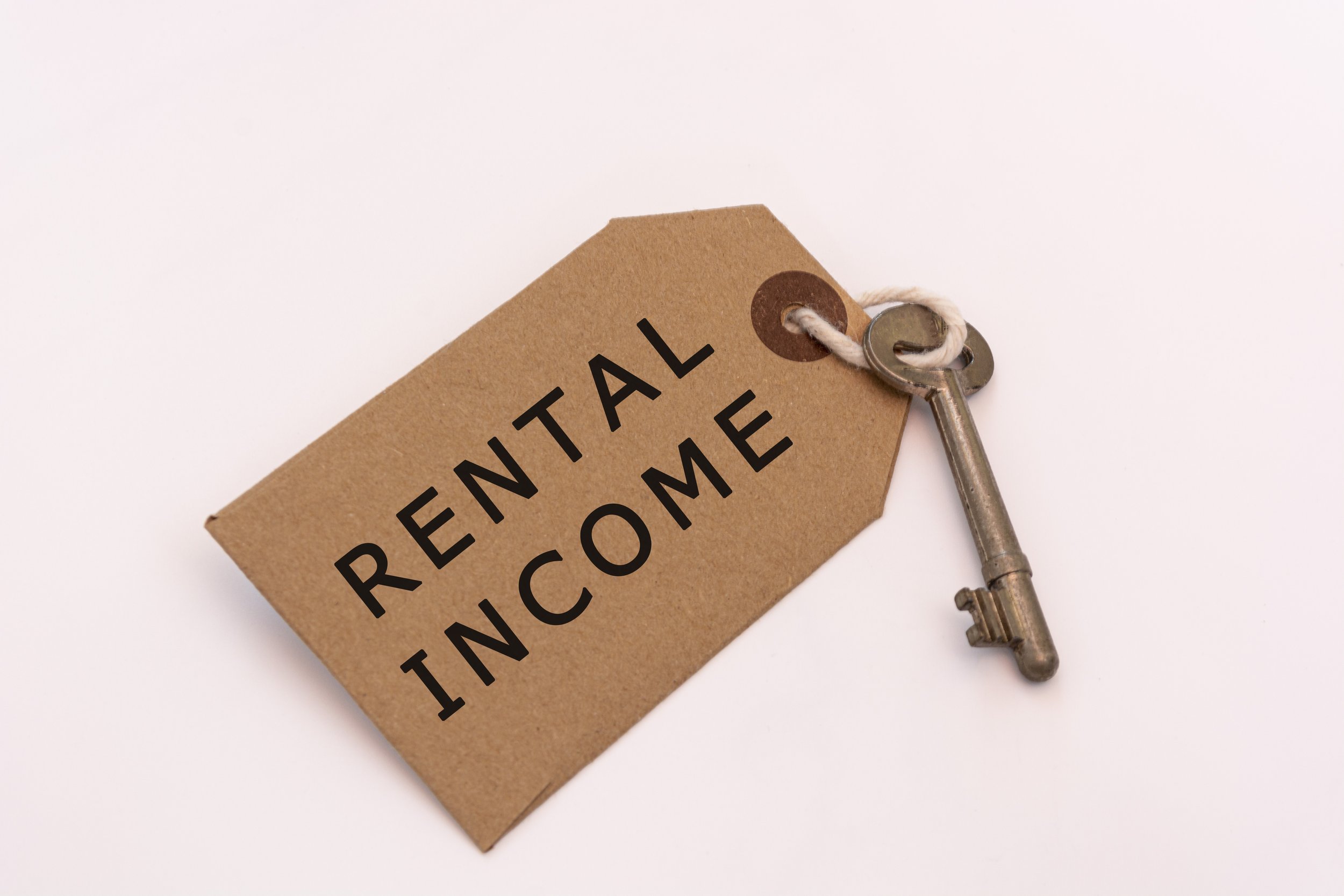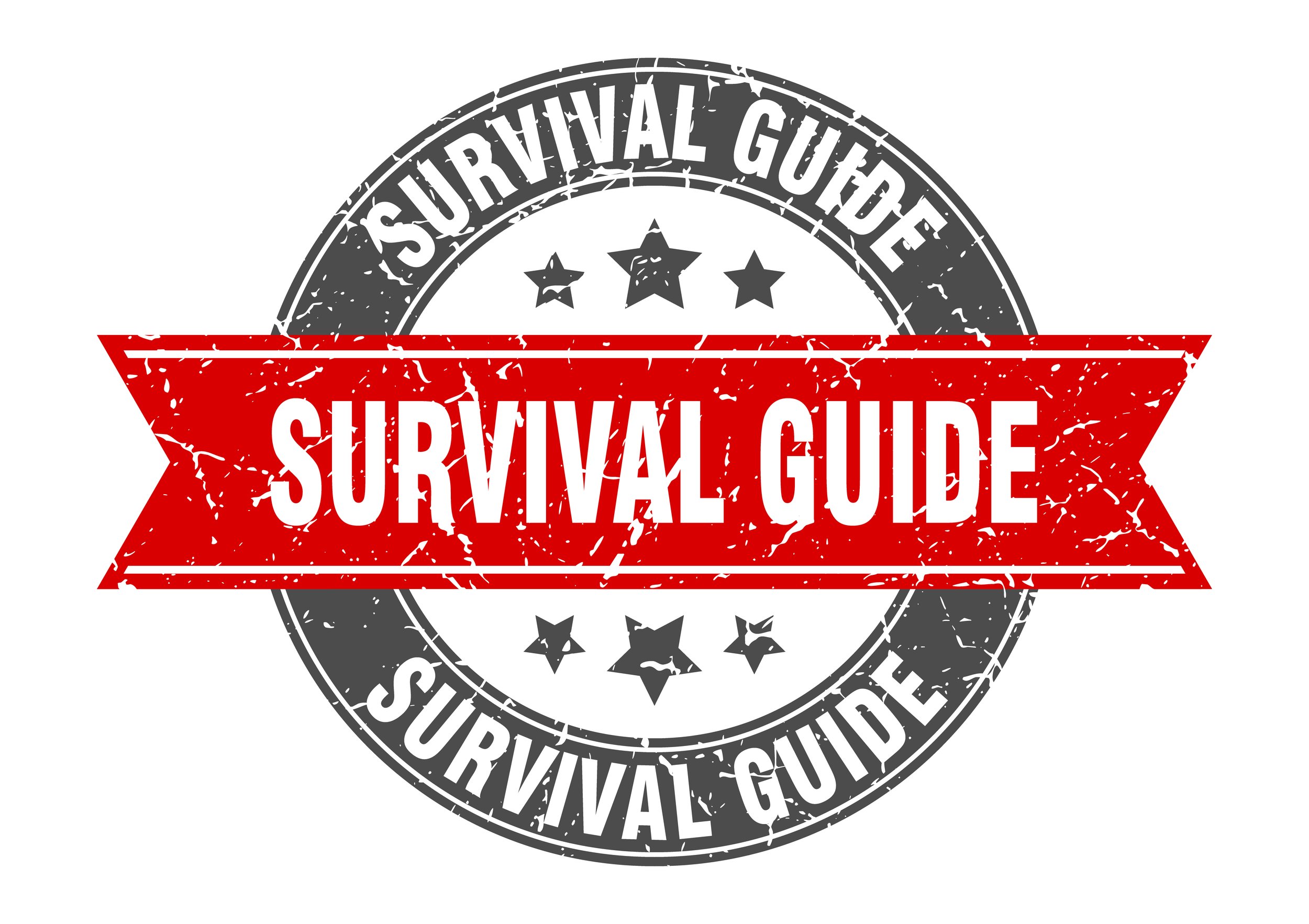My Simple 3-Fund Strategy – The perfect strategy to weather all market conditions and not get wiped out.
Simple Is Often Better
Table of contents (Jump Links)
Please Note:
I am not a financial advisor. I am simply sharing what I’m doing with my investments and why. Your situation may be different and you need to build your investment plan around your personal needs.
Not getting wiped out
One of my all-time favorite quotes is:
“Your rate of return is less important than not getting wiped out”
-Charlie Munger
This is a powerful statement that underscores the value of letting time work for you vs trying to get rich quick. Every time you get wiped out you are reset to $0 (or worse) and the clock is reset for your investment progress.
The real key to successful investing is minimizing your losses. Even a modest rate of return adds up to a significant amount of profit when compounded over a period of time.
Lets use a very manageable amount of money say $100/ month compounded over 30 years, below is what you’d have after 30 years!
$100/month x 0% = $36,00
$100/month x 5% = $79,727
$100/month x 7% = $113,357
$100/month x 9% = $163,569
Even a modest rate of return yields big results over time
As you can see from the above chart it takes about 10-12 years for the compounding effect to really take hold launch your portfolio, so it’s very important to not get wiped out and reset that clock! So how do you prevent yourself from getting wiped out as an investor, while still capturing some return? Clearly, we don’t want to just put our money under a mattress or in a savings account yielding 0.1%.
Hiding Money Is NOT and investment strategy!!
My 3-Fund Structure:
70% - VTI – Vanguard Total US Market Fund
20% - SPYD – SP500 Top 80 Dividend paying fund
10% - VXUS – Vanguard total international market fund
Rebalance to these target allocations every summer.
Pretty simple, right? A monkey could probably do this! Now let’s pop the hood and dive into my 3-fund strategy - why it’s structured this way and what risks I hope to minimize by utilizing this approach.
Types of risks
Singular Event Risk
Systemic Risk
All risks
Singular Event Risk
One of the biggest strengths of the 3-fund strategy is that it removes the individual investment risk of a company stock going to zero from your portfolio. We’ve all seen once great companies fall from greatness and it’s important to protect ourselves from being over exposed to these catastrophic failures that can happen.
All 3 of these funds are either index funds or ETF’s
By investing in index funds, you are buying a large basket of companies vs concentrating your holdings into a few companies you think (hope) will do well. You want to avoid trying to pick winning companies because today’s winners often end up being tomorrow’s losers. (Just look at Meta.)
“The traders that do the best in the short term often do the worst in the long term”
-Fooled by Randomness
(paraphrased)
Systemic Risk
By investing in broad based index funds, we’ve removed what I like to call singular event risks. But that isn’t the only type of risk there is, there are still systemic risks. Systemic risks come in many forms such as being overly concentrated in one industry or asset class.
Often when stocks do poorly bond returns do better (flight to safety). Other times entire markets will struggle for decades such as Japanese market which has gone almost nowhere since the 1980’s.
To address systemic risks, we can introduce additional components to our 3-fund strategy. Specifically:
Bonds & Dividend Funds
Bonds allow us to diversify away from some of the risks that stock markets inherently have. As stocks go down there is often a flight to safety and bond yields tend to go up. There are some exceptions to this such as during an inflationary environment where interest rates must be increased. As intrest rates increase bond funds decrease while because the new bonds being issued will pay a higher return causing the bonds held by funds to be discounted due to their lower premium rate.
2 ways to reduce the risk that rising interest rates have on your bond holdings is to
Hold the actual bonds to maturity: Bond fund prices are affected by the current market value of their underlying bonds, which tend to go down as rates increase. As rates rise, new bond issues will pay more than older bonds sold at a lower rate. This reduces the value of older bonds because a potential buyer would demand a discount in exchange for the lower bond interest rate. The inverse is also true, as rates go down existing bonds with a higher rate increase in value.
Dividend funds: a well-diversified fund will pay a similar interest rate to a bond fund but will be resistant to changes in interest rates. While this hedges against interest rate risks it is still a form of stocks. That said, dividend funds tend to do much better than the overall market in turbulent economic times.
Bond Fund down 13.68% YTD (2022)
Dividend Fund (SPYD) down 4.16% YTD (2022) or about 1/3 of the above bond fund
As you can see from the chart above both the bond and dividend funds have done better than the S&P500 in 2022 with the dividend fund SPYD losing about 1/3 of what the bond fund did in a rising rate environment which is significant!
An added benefit for bonds & dividend funds is that they are a source of cash flow that can be tapped during down markets without selling assets, or to reinvest while markets are ‘on sale’ thereby supercharging your portfolio growth beyond your monetary contributions.
International Index Funds:
As I hinted above, not all markets will perform favorably forever and you should hedge your risks accordingly. The US stock market has done very well over the past 100+ years but it’s dangerous to assume it will do well forever. To mitigate this risk we an allocate part of your portfolio to international markets.
Now keep in mind most of the major companies in the US economy are multi-national companies that do significant business internationally so you don’t need to go overboard here (About 40% of S&P500 revenue come from overseas) but a small allocation in the international markets can hedge against so called “home town bias”.
Currently, the US dollar is particularly strong against international markets and purchasing an international fund is a relatively good deal. International funds have historically done better when the US markets have run into rough spots making it a good hedge. Additionally, funds like $VXUS (Vanguard Total International Market Fund) are paying a very nice 4.04% as of this writing which is a solid return.
**do terms like “hedge”, “Bear market”, & “Bear Trap” confuse you? Don’t worry - we’ve got you covered! Just head over to the FI/RE Dictionary where we break these terms down into language you can understand!
All risks
But what if all stocks go to zero? Or the US government defaults on bonds? Or if nuclear war breaks out?
Let’s be honest, if the economic structure as we know it collapses, or if nuclear war breaks out, I think we’ll have bigger concerns than the value of our portfolio. There are only so many risks we can realistically hedge against.
All that being said, I do want to acknowledge that on a long enough timeline the survival rate of anything drops to zero. If that day comes, we’ll be living in a very different world with very different rules, and I don’t think anything I said in this article will be able to help. You may want to catch up on the latest episodes of the very entertaining show “Dooms Day Preppers” in order to get advice on how to survive these pesky radio active zombies.
Adapting this strategy
A great thing about this strategy is that it’s relatively simple and can be adapted to a wide range of risk appetites and life situations.
If you’re nearing retirement you may want to increase the Dividend Fund/ Bond portion of the portfolio to 30-50%.
If you’re more aggressive you may want to increase the US/ International Stock portion of the portfolio. Below are some examples of how you might modify this strategy to fit your personal situation.
My fund: Age 35, retired with other sources of income
Target Allocations:
70% - VTI (Total US Market Index)
20% - SPYD (Dividend Fund)
10% - VXUS (Total International Market Index Fund)
Young college graduate with no dependents
80% - VTI (Total US Market Index)
10% - SPYD (Dividend Fund)
10% - VXUS (Total International Market Index Fund)
Mid 40’s with Kids
60% - VTI (Total US Market Index)
30% - SPYD (Dividend Fund)
10% - VXUS (Total International Market Index Fund)
Nearing retirement
50% - VTI (Total US Market Index)
40% - SPYD (Dividend Fund)
10% - VXUS (Total International Market Index Fund)
Don’t forget to review your portfolio once a year and realign your allocations to your targets. Some years one fund may outperform the other 2 and you’ll want to rebalance. I like to do this in the summer.
That’s it, you set it and ignore it the rest of the year go about living your life in peace! For more investing tips & tricks, along with updates on my FI/RE journey, make sure to join our newsletter!
-Cheers
Make sure you Join our Community so you don’t miss out on future updates!





































